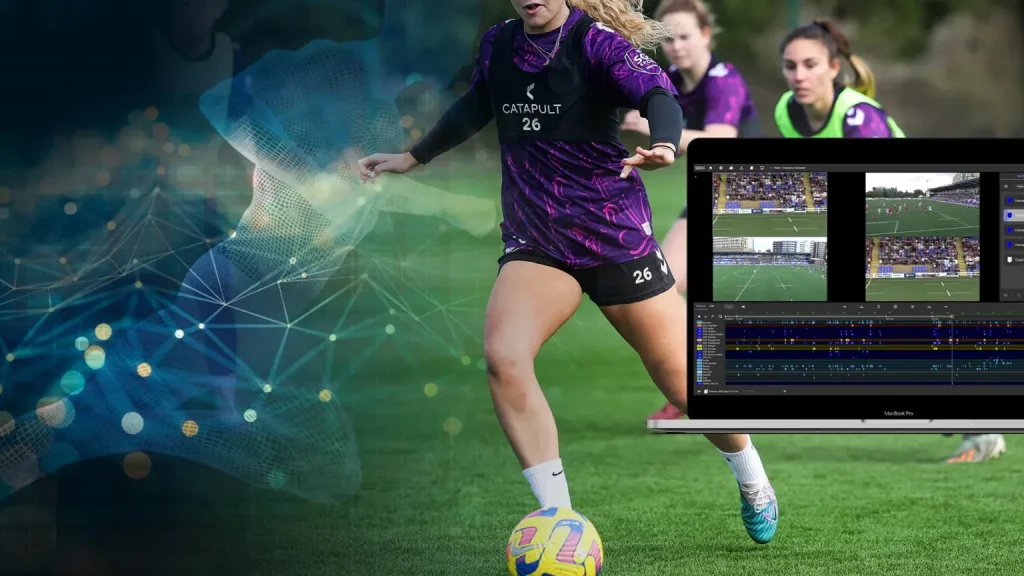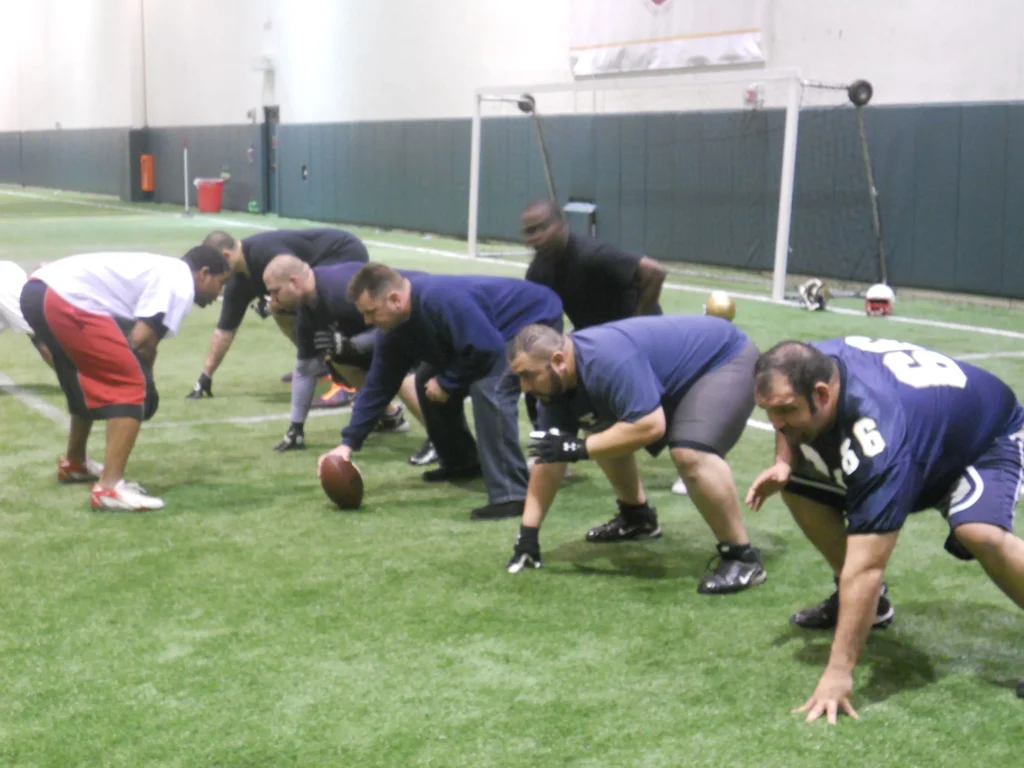Sports for beginners open the door to healthier living and a more confident you, inviting newcomers to test different activities without pressure or fear of failure. This friendly guide helps you explore enjoyable options, set small but meaningful goals, learn the basics safely, and build a sustainable routine that fits your schedule, budget, and energy levels; it also includes quick-start checklists, practical prompts, and simple progress metrics to help you stay on track. Along the way, you’ll discover practical beginner sports tips, see how to balance effort with rest, and learn to notice signals from your body so fitness feels encouraging rather than punishing, plus it guides you to adapt as you grow, prevent plateaus, and keep motivation high. If you’re unsure how to start, this article covers getting started with sports, identifies accessible gear, explains scalable plans, and offers a simple five-step approach to begin with confidence. By focusing on enjoyable, sustainable activities and safety, you’ll uncover the best sports for beginners and build a routine you can repeat, ensuring momentum and long-term success.
For newcomers, exploring entry-level athletics and novice-friendly physical activities helps ease the switch from a sedentary routine to regular movement. Approach prioritizes safety, scalable intensity, and enjoyment, using beginner know-how to guide gear choices, warm-up routines, and simple, effective plans that fit busy lives. By framing sport as a series of small, achievable milestones, individuals can discover accessible fitness options—from walking and cycling to gentle swim sessions—that build confidence and consistency.
Getting Started with Sports: A Beginner’s Roadmap
Starting a new fitness journey can feel daunting, but for beginners the path is about discovery and gentle steps. Here are practical beginner sports tips to help you get started with sports in a way that feels enjoyable and doable. The emphasis is on clarity, small wins, and building confidence so you can gradually expand your activities without feeling overwhelmed.
This guide helps you identify a first sport, set realistic goals, and build a sustainable routine. You’ll learn how to choose activities that fit your current fitness level, what gear you actually need, and how to structure a simple starter plan. By focusing on “Sports for beginners” as a concept, you’ll discover options that maximize enjoyment while laying a solid foundation for long-term participation. You’ll also explore how to pick among the best sports for beginners and how to pace your progress from day one.
Choosing the Right Sport for Beginners
Selecting the right activity is one of the first decisions in any beginner’s sports journey. If you’re wondering how to start playing sports, begin by assessing your current fitness level, time availability, and personal interests. Consider options that are low-impact and scalable so you can build confidence without excessive strain.
To identify your best starting point, sample a few beginner-friendly options and observe how your body responds. This is where the guidance on getting started with sports becomes practical: try a mix of walking, cycling, swimming, or light court games to gauge enjoyment and adherence. Remember that the best sport for you is the one you’ll repeat, which often means exploring multiple options before committing to one or two.
Safety, Gear, and Warm-Ups: Sports Safety for Beginners
Safety is non-negotiable when you’re learning new sports. The right gear—comfortable footwear, helmets when needed, mouthguards for contact activities, and protective wrist or knee supports—helps prevent injuries and makes training more comfortable. This section aligns with the sports safety for beginners principle, emphasizing gear selection that matches your chosen activities.
Beyond gear, a smart safety routine includes a proper warm-up and cool-down. Gentle mobility work before activities and static stretches afterward reduce stiffness and lower the risk of strains. If you’re unsure about technique, seek guidance from a coach or trusted videos that demonstrate proper form before attempting new movements, reinforcing beginner-friendly practices.
Easy, Low-Impact Options for Long-Term Adherence
Low-impact options are often the best entry point for beginners, offering cardiovascular benefits with gentler joint stress. Walking, cycling, and swimming are classic examples that can scale with your progress while keeping motivation high. These activities often appear among the best sports for beginners because they are forgiving and easy to incorporate into a weekly routine.
In addition to cardio, you can explore low-impact strength and mobility work that supports sustainable participation. Rowing machines, elliptical workouts, or beginner-friendly court games provide full-body engagement without overwhelming your schedule. The goal is consistency, not perfection, so choose activities you genuinely enjoy and can repeat regularly.
Building a Simple Starter Routine That Sticks
A straightforward starter routine helps you establish a habit you’ll maintain. If you’re new to exercise, a plan that combines cardio, strength, and mobility across two to four days per week is a solid foundation. Use beginner sports tips to pace yourself and ensure you’re progressing gradually rather than chasing rapid results.
A practical four-week starter framework might include two cardio sessions, one to two days of bodyweight strength, and regular mobility work. Schedule sessions like appointments so you’re more likely to show up, and track how you feel after each workout in addition to the time or distance completed. This approach aligns with getting started with sports and helps you develop a sustainable pattern that can evolve with you.
Progression, Habit Formation, and Staying Motivated
Progression isn’t about speed; it’s about consistency and sustainable growth. A simple 10% rule can guide increases in duration or intensity to avoid overload while steadily building fitness. Tying progression to how you feel and how enjoyable the activity remains supports long-term engagement and aligns with beginner sports tips.
Habit formation thrives on social support and accountability. Consider joining a beginner group, partnering with an accountability buddy, or signing up for community events. Celebrating micro-wins—like finishing a 20‑minute session or maintaining a weekly routine— reinforces the habit and keeps you curious to try new activities while staying grounded in Sports for beginners.
Frequently Asked Questions
What are the best sports for beginners to start with?
Start with low‑impact, scalable activities that are easy to pick up, such as walking, cycling, swimming, or beginner‑friendly court games. Aim for 2–3 sessions per week, about 20–30 minutes each, and gradually increase duration or intensity as you build comfort. Remember to include a warm‑up, a light cool‑down, and to listen to your body to stay safe and consistent.
How to start playing sports for beginners and build a sustainable routine?
To start playing sports for beginners and build a sustainable routine, set a specific goal (e.g., two 30‑minute sessions weekly). Schedule your workouts like important appointments, begin with a warm‑up and cool‑down, and progress gradually (e.g., add five minutes every two weeks). Mix cardio, light strength, and mobility, and track how you feel to reinforce positive habits rather than chasing numbers.
What beginner sports tips can help you stay motivated in sports for beginners?
Here are some beginner sports tips: focus on micro‑wins such as finishing a session or improving form to build confidence. Vary activities in the early weeks to prevent burnout, and seek a beginner group or accountability buddy for support. Keep expectations realistic and celebrate small progress to stay motivated.
What does getting started with sports look like for beginners?
Getting started with sports as a beginner can be simple: set clear goals, schedule sessions, start with a warm‑up and cool‑down, and progress gradually while tracking how you feel. Create a starter routine that balances cardio, strength, and mobility, and choose two or three activities you enjoy to sustain long‑term participation.
How can I ensure sports safety for beginners as I learn new activities?
Sports safety for beginners comes first: wear well‑fitting gear, use protective equipment as needed, and perform a dynamic warm‑up followed by a cool‑down. Learn correct technique from a coach or trusted tutorials before attempting harder moves, and start at a low intensity to respect your body’s limits. If something feels off, slow down and seek guidance.
How should I choose among the best sports for beginners?
Choosing the best sports for beginners means considering your fitness level, schedule, and interests. Pick forgiving, scalable options like walking, cycling, swimming, or light court games, then try a few to see what you enjoy most. Commit to one or two activities you can repeat weekly to build a sustainable habit.
| Key Point | Core Idea | Practical Tip |
|---|---|---|
| Purpose of Sports for Beginners | Opens a gateway to health, mood, and energy with a sustainable routine; movement should be enjoyable and confidence-building. | Pick enjoyable activities; set clear goals; build a simple, realistic routine. |
| Sustainability and Burnout Prevention | Sustainable engagement beats quick fixes; small, consistent steps create lasting habits. | Focus on gradual progression and safe training practices; avoid overdoing it early. |
| Choosing the Right Sport | Match current fitness, time, and interests; prefer low-impact, scalable options; sample multiple beginner-friendly activities. | Try several options and commit to one or two that feel sustainable; don’t overcommit at first. |
| Getting Started with a Practical Plan | Consistency, gradual progress, and safety are the foundation. | Set realistic goals, schedule sessions, include warm-up/cool-down, progress gradually, and track how you feel. |
| Starter Routine Components | A balanced mix of cardio, strength, and mobility. | Example: 2 days cardio + 1–2 days mobility/strength; adapt to your pace. |
| Safety and Gear Essentials | Gear mitigates injury and supports comfort; start with basics, upgrade with experience. | Invest in proper shoes, protective gear, weather-appropriate clothing; warm-up; seek form guidance. |
| Beginner-Friendly Sports Options | Sports that are scalable, forgiving, and enjoyable help sustain interest. | Include walking/running, cycling, swimming, rowing/elliptical, beginner court games, and group formats. |
| Progression and Habit Formation | Consistency and gradual improvement matter more than speed; social support aids adherence. | Use the 10% rule; add days or duration slowly; find accountability partners. |
| Common Beginner Mistakes and How to Avoid | Burnout, skipped warm-ups, overtraining, over-reliance on cardio, ignoring technique. | Start easy, don’t skip warm-ups, rest days, incorporate strength and mobility, learn proper technique. |
| Incorporating Micro-Wins and Tracking Progress | Small milestones reinforce motivation and help reveal progress not visible in the mirror. | Log session duration, sensations, and overall feelings; track patterns over weeks. |
| Long-Term Benefits | Physical health, mental well-being, confidence, and social connections grow with regular activity. | Maintain consistency to sustain mood, energy, and community ties. |
| Starter Ideas for a 4-Week Plan | Structured progression combining cardio, strength, and mobility. | Follow the Week-by-Week plan or adapt it to your pace and preferences. |
Summary
Conclusion


